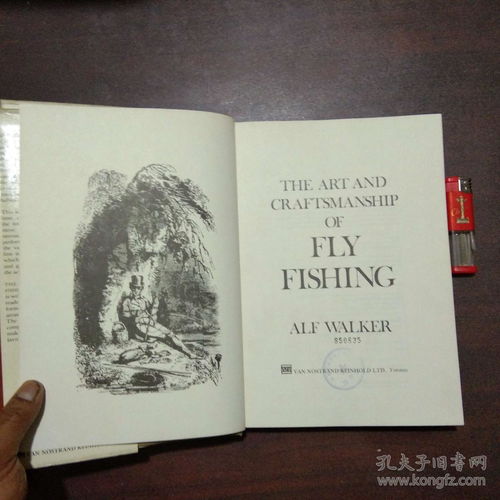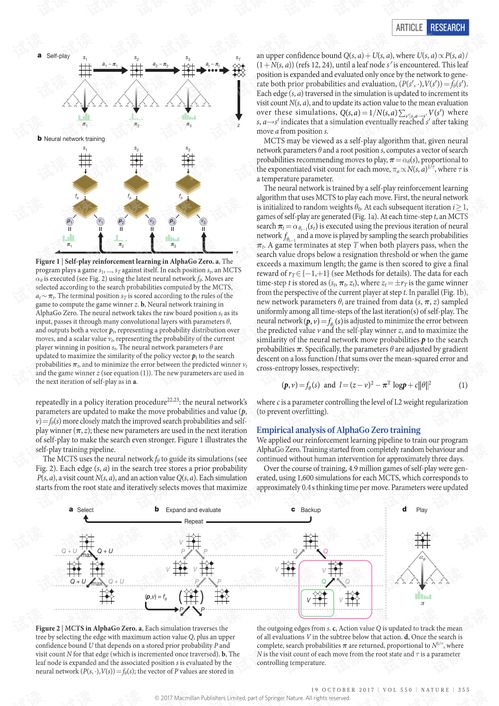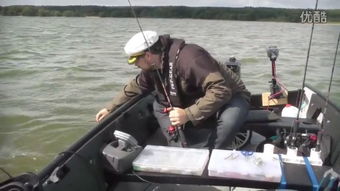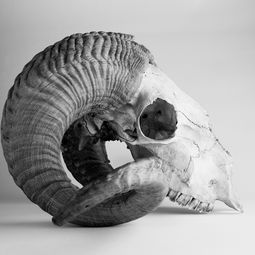Content:
Introduction: Fly fishing, an ancient and revered sport, requires a blend of skill, patience, and a deep connection with nature. One of the most crucial tools in a fly fisherman's arsenal is the fly fishing rod. This article delves into the essential techniques for using a fly fishing rod effectively, ensuring you can cast with precision and land more fish.
Choosing the Right Rod: Before delving into the techniques, it's important to select the right fly fishing rod for your needs. Consider the type of fishing you'll be doing, the size of the flies, and the type of fish you're targeting. A rod that is too heavy or too light can hinder your performance. Look for a rod that offers a good balance between power and flexibility.
Familiarize Yourself with the Parts: Understanding the components of your fly fishing rod is key to using it effectively. The rod is typically divided into sections, with the handle, tip, and guides. The handle provides grip and balance, the tip is the most sensitive part, and the guides help the line glide smoothly through the water.
Learning the Basics of Casting: Casting is the foundation of fly fishing. Here are some basic steps to get you started:
a. Load the Rod: Begin by lifting the rod tip back, bending it slightly. This is known as "loading" the rod. The bend in the rod stores energy, which will be released during the cast.
b. False Casts: Practice false casts to get the line out and to get a feel for the rod. False casts involve bringing the rod back and then forward, without letting the line touch the water.
c. The Forward Cast: Once you've mastered false casts, it's time to make a forward cast. Start by lifting the rod tip back, then quickly bring it forward with a smooth, controlled motion. The line should follow a straight path, with the rod tip pointing down the line.
d. The Back Cast: To make a back cast, lift the rod tip back, then swing it forward, allowing the line to follow a straight path. The rod tip should point down the line during the back cast as well.
Learning the Roll Cast: The roll cast is a versatile technique that can be used in situations where you can't make a traditional overhead cast. Here's how to perform it:
a. Start with the rod tip pointing towards the water.
b. Lift the rod tip back and then sweep it forward in a circular motion, allowing the line to roll out.
c. The roll cast is particularly useful for tight spaces and when you need to present a fly in a certain direction.
Mastering the Presentation: Once you've cast your fly, the next step is to present it to the fish in a natural and effective manner. This involves:
a. Adjusting the Fly: Make sure your fly is properly weighted and balanced. Adjust the position of the fly on the leader if necessary.
b. Moving the Fly: The way you move the fly can make a big difference. Experiment with different retrieves, such as a slow, steady pull or a more erratic motion.

c. Reading the Water: Observe the water's surface and fish behavior to understand how the fly should be presented. Fish may be more active in certain areas or at certain times of the day.
Fine-Tuning Your Technique: To improve your fly fishing skills, practice regularly. Here are some tips for fine-tuning your technique:
a. Watch Other Fishermen: Learn from the pros by observing how they cast and present their flies.
b. Take Lessons: Consider taking a fly fishing lesson from an experienced instructor to refine your technique.
c. Join a Club: Joining a local fly fishing club can provide you with opportunities to fish with others and learn from their experiences.
Conclusion: Using a fly fishing rod effectively is an art that takes time and practice to master. By choosing the right rod, learning the basics of casting, and refining your technique, you'll be well on your way to becoming a skilled fly fisherman. Remember, the key to success in fly fishing is not just the equipment, but the connection you build with the water and the fish. Happy fishing!












